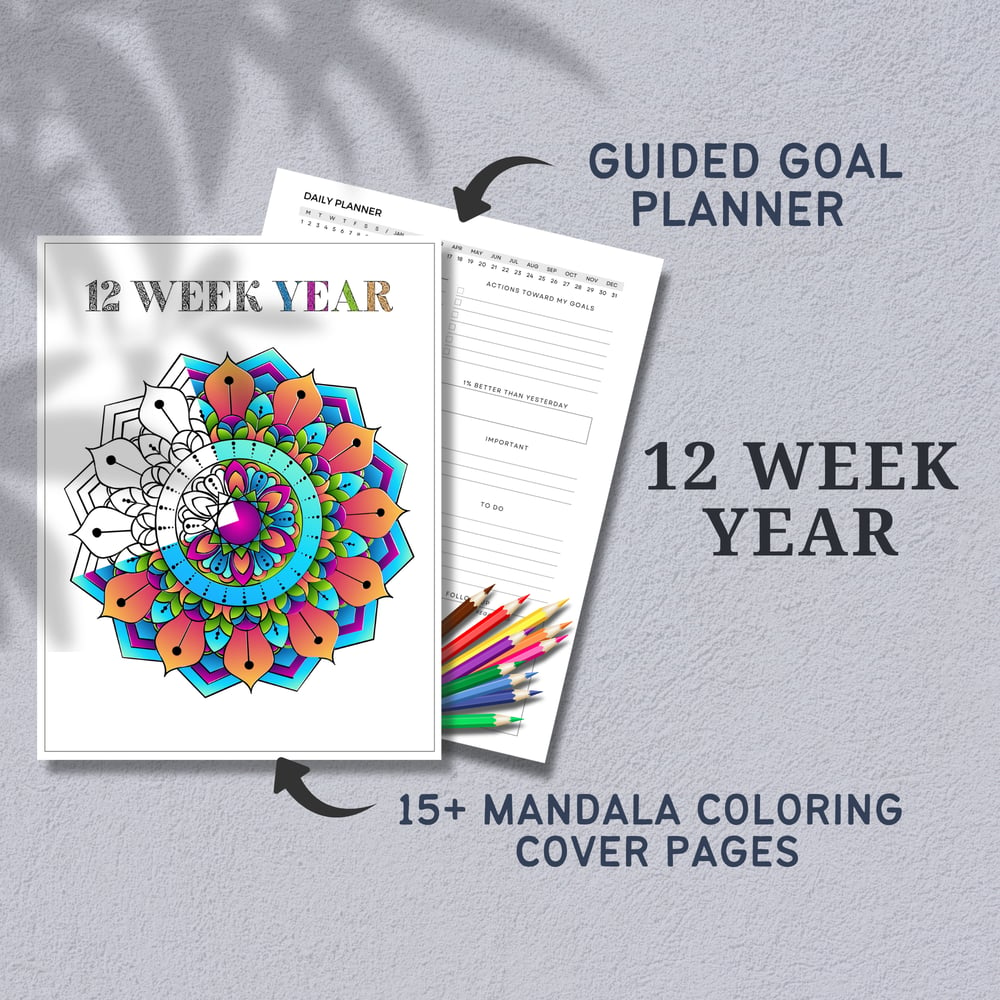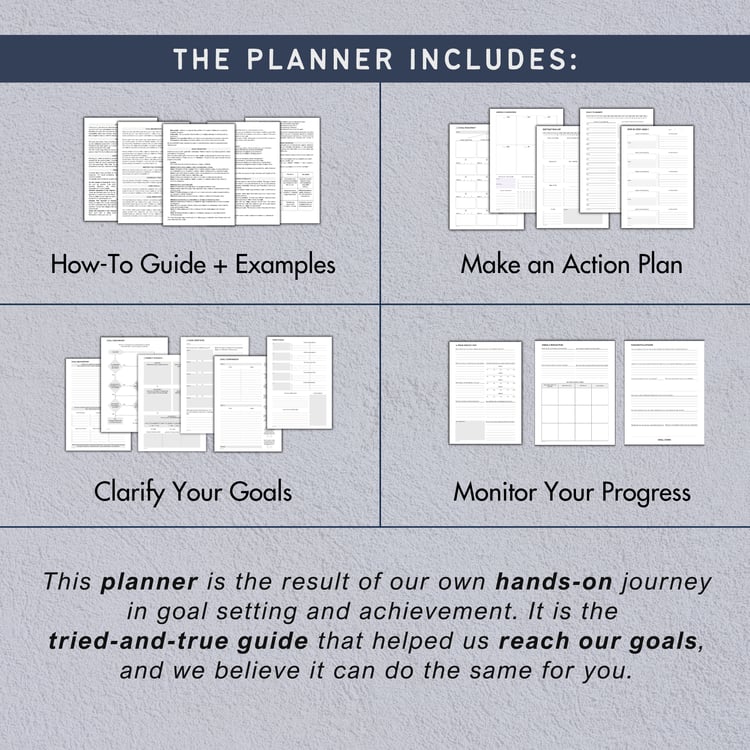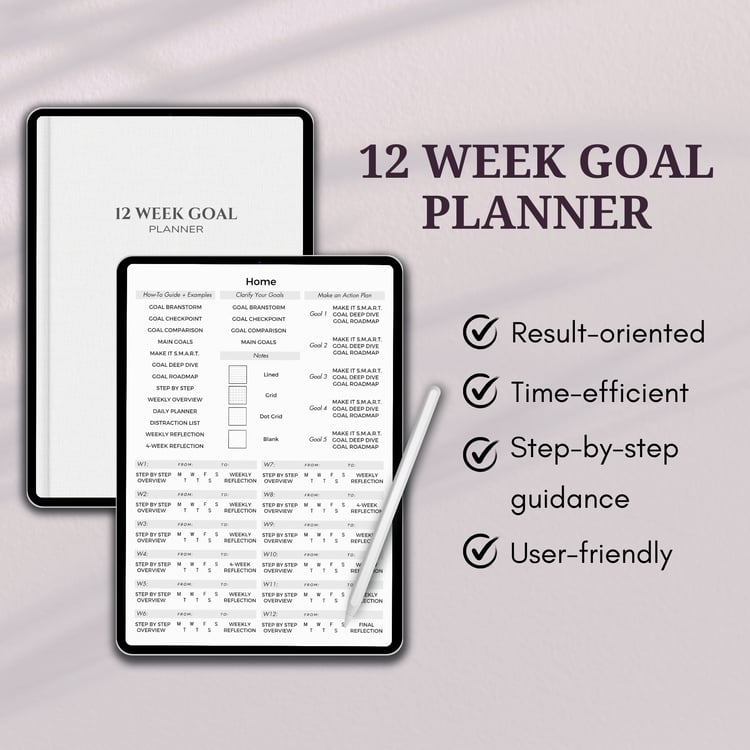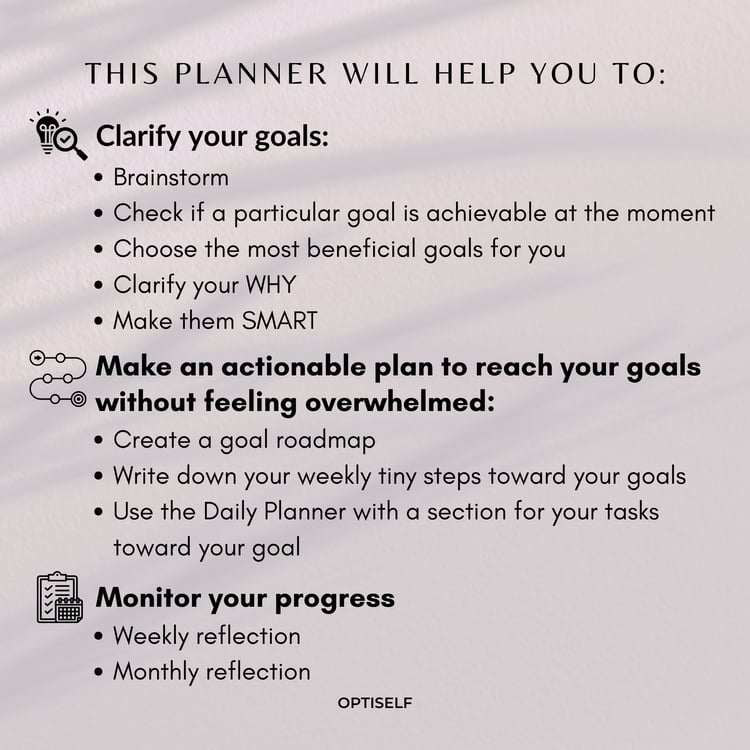We all know the feeling – stuck in a rut, yearning for something different, yet paralyzed by the fear of change. Change can be daunting, but sometimes the key to unlocking your potential lies in embracing a different kind of discomfort – the pain of staying the same.
This psychological method is rooted in the idea of using dissatisfaction with your current situation as a catalyst for transformation. When the discomfort of staying stagnant outweighs the fear of change, motivation naturally follows. By amplifying this discomfort, you can create a powerful push towards growth and improvement.
The core principle is simple: in order to change, you have to hate your current situation so much that the pain of staying the same is greater than the pain of changing.
Benefits of This Method:
- Clarity of Purpose: Helps you clearly see the negative impact of inaction and why change is essential.
- Increased Motivation: Amplifying the pain of stagnation can ignite the drive to take action.
- Focused Energy: Channeling frustration or discomfort into productive steps helps break cycles of apathy.
- Personal Growth: Encourages self-reflection and growth by pushing you to leave your comfort zone.
Here's how to cultivate that discomfort and use it as a springboard for growth:
1. Visualize the downside

Vividly imagine the negative consequences of staying put. What aspects will suffer if you don't make a change? A stagnant career? Strained relationships? Declining health? Let these potential consequences become your motivators.
- Example: If you're stuck in a job you dislike, think about the missed promotions, the lack of growth, or the ongoing stress affecting your health and relationships. Visualize yourself five years down the line, still in the same position, feeling unfulfilled and resentful.
2. FOMO with a twist
Instead of envying others' achievements, use the fear of missing out (FOMO) on your own potential to propel you forward. Imagine yourself years down the line, filled with regret for not taking the first step today.
- Example: Imagine the book you'll never write, the business you'll never start, or the experiences you'll never have if you remain stuck. Let this vision fuel your drive to break free from inertia.
3. Apathy's antidote
Apathy towards your current situation is a sure way to stay stuck. Instead, cultivate a healthy dose of anger or frustration. Let this fire burn away your apathy and ignite a passion for change.
- Example: If you're unhappy with your fitness, channel frustration into action. Let the dissatisfaction with how you feel today push you to go for that first walk, join a gym, or commit to a healthier diet.
4. The power of "Enough is Enough"

Have you reached a tipping point? Identify a specific aspect of your current situation that you simply can't tolerate anymore. Let that burning resentment be the starting point for your transformation.
- Example: Someone stuck in a toxic relationship might have a moment of clarity during a particularly heated argument. That moment—when they realize they deserve better—can push them to seek help, set boundaries, or finally leave the relationship to prioritize their well-being.
5. Break the "Pity Party"
Dwelling on frustrations won't get you anywhere. Acknowledge your feelings, but don't get comfortable with them. Instead, channel that negative energy into taking action and breaking free from the cycle of self-pity.
- Example: Instead of complaining about being out of shape, channel that energy into action. Sign up for a yoga class or plan a workout schedule with a friend.

If you struggle with setting and achieving your goals, check out our 12 Week Year Planner, which is based on our personal journey of goal-setting and achievement. It’s the tool that helped us succeed, and we believe it can help you too.
6. Find inspiration in others
Read stories of people who overcame seemingly impossible challenges. Seeing their success stories can make your own obstacles seem less daunting and give you the courage to make a change.
- Example 1: Someone struggling with obesity might find inspiration in someone who lost 100 pounds and transformed their life.
- Example 2: Someone battling addiction could find hope in recovery stories shared on podcasts, books, or documentaries. For instance, hearing about someone who overcame years of substance abuse to rebuild their life can provide the strength to seek help and believe in their ability to recover.
7. Identify missed opportunities
Take a step back and think about all the experiences, goals, and achievements you’ve put on hold because of fear, procrastination, or self-doubt. Regret is a powerful motivator—use it to push yourself toward action instead of dwelling on what could have been.
- Example 1: If you've always wanted to travel but kept putting it off due to work or finances, imagine how many places you could have visited by now if you'd prioritized it. Start small—plan a weekend trip or set up a savings fund dedicated to travel.
- Example 2: If you've wanted to start a side business but never took the leap, consider the potential clients, skills, and income you've missed out on. Instead of lamenting the lost time, take one actionable step today—whether it’s researching, setting up a website, or networking with like-minded entrepreneurs.
8. Create a "Discomfort Jar"

A "Discomfort Jar" is a tangible way to track and remind yourself of the negative effects of staying the same. Every time you fall back into an old habit or resist a positive change, write down what you did (and the negative consequences) on a piece of paper. Put it in a jar. When you're feeling unmotivated, open the jar and revisit those reminders of why you need to change.
- Example 1: You keep skipping workouts despite wanting to get in shape. You write: "Skipped the gym today. Felt sluggish, disappointed in myself, and stressed because I didn’t follow through on my goal." Reading this later reinforces why you need to stay consistent.
- Example 2: You procrastinate on an important project, and later, you're scrambling to meet a deadline. You write: "Put off working on my presentation. Ended up stressed and unprepared, which hurt my confidence." Next time you’re tempted to procrastinate, these reminders can push you into action.
📋 3-Step Action Plan
1. Identify and Amplify Your Discomfort
- Take 10 minutes to reflect on areas of your life where you feel stuck.
- Write down the negative consequences of staying the same (missed opportunities, declining health, lack of fulfillment, etc.).
- Visualize yourself 5 years from now if nothing changes—let this discomfort fuel your desire to take action.
2. Turn Frustration into Action
- Choose one key area to focus on (career, health, relationships, etc.).
- Set a small but meaningful first step—apply for a job, start a workout routine, have a difficult conversation.
- If you feel resistance, use the "Discomfort Jar" method—write down each setback and its consequences to remind yourself why you must push forward.
3. Find External Motivation and Keep Momentum
- Follow success stories of people who overcame similar challenges.
- Surround yourself with people who encourage change and growth.
- Track your progress weekly and celebrate small wins to stay motivated.
Change is uncomfortable, but so is staying stuck. By embracing a healthy dose of discontent and applying these strategies, you can turn the pain of stagnation into a powerful force for growth.
The journey won't always be easy, but every step away from stagnation brings you closer to the person you’re meant to become. Embrace the discomfort, take that first step, and start creating the life you deserve today.









